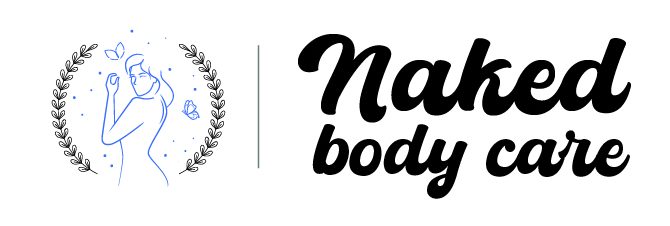Hair is not just a physical attribute; it’s a canvas reflecting our internal state, from hormonal fluctuations to medical interventions like chemotherapy. The journey from straight to curly, thick to thin, under the influence of hormones and chemotherapy, is a profound testament to the interconnectedness of our bodies and the intricate mechanisms governing them.
Hormones wield a powerful influence over hair texture and thickness. Androgen hormones, such as testosterone, play a significant role in determining hair characteristics. During puberty, an increase in androgens can stimulate the hair follicles to produce thicker, coarser hair, often leading to the development of facial and body hair in both males and females. Conversely, fluctuations in estrogen levels, such as those experienced during pregnancy or menopause, can influence hair texture and thickness. Pregnant women often notice thicker, fuller hair due to increased estrogen levels, while menopausal women may experience thinning hair as estrogen levels decline.
The impact of hormones on hair is not limited to puberty, pregnancy, or menopause. Conditions like polycystic ovary syndrome (PCOS) can disrupt hormonal balance, leading to excess androgens and subsequent changes in hair growth patterns. Those with PCOS may notice increased facial and body hair (hirsutism) alongside scalp hair thinning, highlighting the intricate relationship between hormones and hair.
Chemotherapy, a cornerstone in cancer treatment, brings about a cascade of physiological changes, including profound effects on hair. The mechanism behind chemotherapy-induced hair loss lies in its interference with rapidly dividing cells, targeting not only cancer cells but also hair follicles. Chemotherapy drugs disrupt the hair growth cycle, leading to hair loss that can occur rapidly and affect not only scalp hair but also eyebrows, eyelashes, and body hair.
The journey from straight to curly, thick to thin, under the influence of hormones and chemotherapy, is a complex interplay of physiological processes. Hormones like androgens influence hair follicles’ shape, size, and activity, impacting hair texture and thickness. Androgens can stimulate larger, thicker hair follicles in certain areas of the body, leading to coarse hair growth, while estrogen levels can influence overall hair density and quality.
Chemotherapy-induced hair loss, or alopecia, is a distressing side effect experienced by many undergoing cancer treatment. The severity and pattern of hair loss can vary depending on the type and dosage of chemotherapy drugs used. Some individuals may experience complete hair loss, while others may notice thinning or patchy hair loss. The psychological impact of chemotherapy-induced hair loss cannot be overstated, as it often serves as a visible reminder of the illness and treatment, impacting self-esteem and quality of life.
Despite the challenges posed by hormonal fluctuations and chemotherapy, hair has a remarkable ability to adapt and recover. For those experiencing hormone-induced changes in hair texture and thickness, treatments targeting hormonal imbalances, such as medications or lifestyle modifications, may help restore hair health. Additionally, advancements in hair care products and styling techniques offer solutions for managing changes in hair texture and volume.
For cancer patients undergoing chemotherapy, hair loss is often temporary, with hair typically regrowing once treatment is completed. However, the regrowth process can be gradual, with hair initially growing back thinner or with a different texture. Patience and self-care play crucial roles during this period, as individuals navigate the emotional and physical challenges of hair loss and regrowth.
The journey from straight to curly, thick to thin, encapsulates the resilience of the human body and spirit in the face of hormonal fluctuations and medical treatments. While these changes may alter one’s physical appearance, they do not define one’s identity or worth. Through understanding, support, and self-care, individuals can embrace their hair’s metamorphosis as a symbol of strength and resilience in the face of adversity.
In conclusion, the journey from straight to curly, thick to thin, under the influence of hormones and chemotherapy, is a multifaceted exploration of the intricate relationship between our bodies and external influences. Hormonal fluctuations can shape hair texture and thickness, while chemotherapy can induce temporary hair loss, challenging our perceptions of beauty and identity. Yet, amidst these changes, lies an opportunity for growth, resilience, and self-discovery, reminding us of the profound connection between our inner and outer selves.


